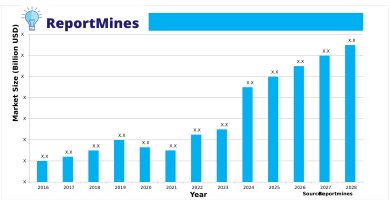3 Ways Employers Can Help Workers Retire Lingering Student Debt
In the six months leading up to COVID coming to our shores, experts in the employee benefits arena were talking about student loan reduction benefits. It looked as though such benefits would be par for the course beginning in 2020. However, the pandemic changed everything. Some three years later, talk of helping workers repay lingering student debt has revived.
At a time when the majority of employers already offer health and retirement plans, voluntary benefits have emerged as a way for employers to distinguish themselves from the competition. A student debt repayment benefit is an option.
Student loan repayment benefits are something broker general agency BenefitMall has discussed quite a bit in recent years. They say that, as part of a fully customizable benefits package, a debt reduction benefit is attractive to younger workers.
There are three primary ways to implement the benefit:
1. Direct Contributions
Employers can make direct contributions designed to match contributions from their employees. Sometimes it is a dollar-for-dollar match. Other times, employers offer a certain percentage of the amount workers put toward retiring their student loans. Any amounts contributed by the employee are handled through payroll deductions.
This could be the easiest way for employers to directly help their workers pay down debts. However, there are certain tax implications that go along with this sort of benefit. Employers would have to work with their benefits brokers and accountants to determine whether direct contributions are the right course of action.
A big advantage of the direct contribution method is that it holds workers accountable. By setting up regular payroll deductions that occur automatically, workers pretty much agree to set aside a certain amount of money from each paycheck to be put toward debt reduction. It provides the kind of consistency necessary to get the job done.
2. Contributions to Retirement Plans
A similar implementation of the student debt repayment benefit offers an indirect contribution by way of the traditional retirement plan. Instead of directly contributing to a debt reduction fund, the employer contributes matching funds to the employee’s retirement account.
You still get the benefit of setting up a regular schedule that brings consistency and accountability to the equation. But there is an added advantage: retirement plans offer tax advantages on one end or the other. In most cases, funds contributed to retirement plans are pre-tax funds. So a benefit of this type further reduces an employee’s short-term tax liabilities.
3. Debt Management Tools
There is a third way to affect a student debt repayment benefit without directly contributing any funds. How? By combining an employee’s voluntary contributions with free debt management tools paid for by the employer. Tools can include everything from free financial advice to budgeting software and online seminars that teach employees how to better manage their money.
For some employees, struggling to pay down student debt isn’t a matter of not having enough money to do it. Rather, it is a matter of lacking the knowledge and resources to implement sound financial practices. in simple terms, some people have just never learned how to manage their money. Teaching them how equips them to develop their own strategies for getting lingering student loans paid off.
The idea of offering a student loan repayment benefit recently resurfaced along with the president’s announcement of his executive order forgiving millions in student debt. But so far, the courts have not sided with Mr. Biden. Employers who want to help their workers shouldn’t wait for a favorable court decision. They should think about implementing an appropriate workplace benefit as soon as possible.




